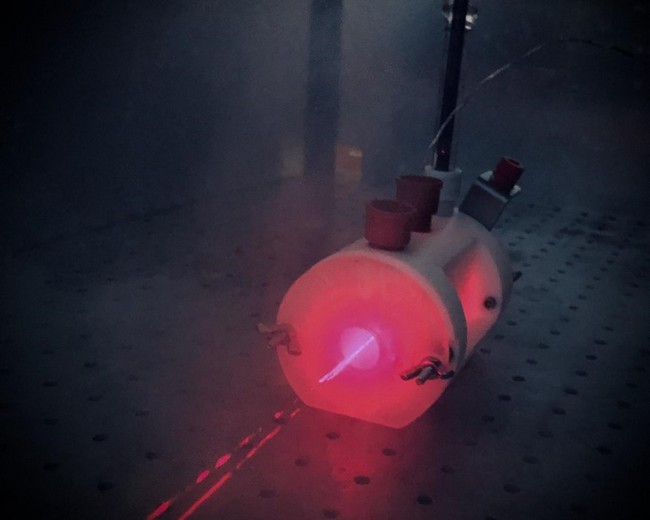Published by Cynthia Titilayo Adedeji 2 years ago
We’ve moved a step closer to our goal of producing the fuel of the future from sunlight,’ says Sascha Ott, Professor at the Department of Chemistry, Uppsala University.Today, hydrogen gas and methanol are produced mainly from fossil sources like oil or natural gas. An environmentally sounder, climate-friendlier option is to make these substances from water and carbon dioxide, using sustainable electricity, in what are known as electrolysers.
This process requires electrical energy in the form of applied voltage. The scientists have devised a new material that reduces the voltage needed in the process by using sunlight to supplement the electricity.
To capture the sunlight, they used semiconductors of the same type as those found in solar cells. The novel aspect of the study is that the semiconductors were covered with a new coating material that extracts electrons from the semiconductor when the sun is shining. These electrons are then available for fuel-forming reactions, such as production of hydrogen gas.
The coating is a ‘metal-organic framework’—a three-dimensional network composed of individual organic molecules that are held in place, on the sub-nanometre scale, by tiny metal connectors.
The molecules capture the electrons generated by the sunlight and remove them from the semiconductor surface, where undesired chemical reactions might otherwise take place. In other words, the coating prevents the system from short-circuiting, which in turn allows efficient collection of electrons.
In tests, the researchers were able to show that their new design greatly reduces the voltage required to extract electrons from the semiconductor.
‘Our results suggest that the innovative coatings can be used to improve semiconductor performance, leading to more energy-efficient generation of fuels with lower electrical input requirements,’ Sascha Ott says.
 COREN
COREN







6 Comments
-

-
Given the current poor economic viability of green hydrogen, blue hydrogen is considered as being a possible and important intermediate step in the roll-out of hydrogen technology and infrastructure. Blue hydrogen is in essence grey hydrogen in which the majority of the CO2 emissions (up to 90%), are being captured during the process and stored in, for example, empty gas fields (Carbon Capture and Storage, CCS).
-
Aminat Samira Abdul-Azeez
-
2 years ago
Load more comments...